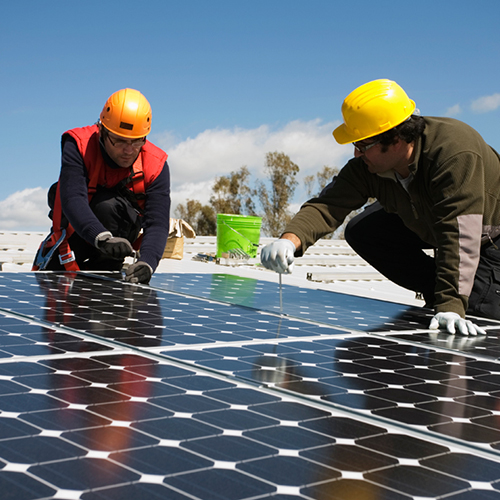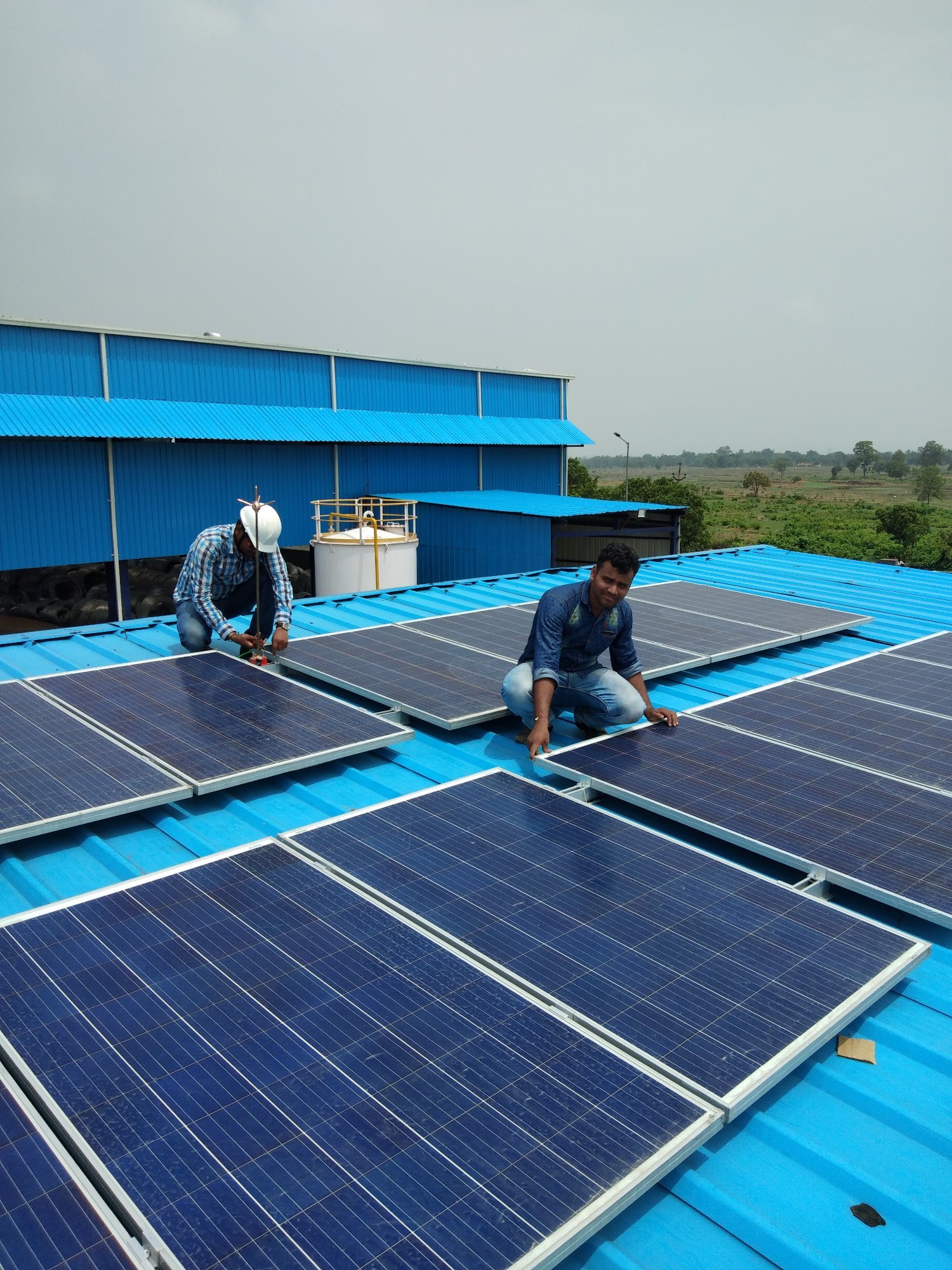EPC
EPC (Engineering, Procurement, and Construction) plays a pivotal role in the successful delivery of solar energy projects, ensuring a seamless transition from concept to completion. Here’s a deeper look into the key components and benefits of the EPC model:
Key Components of EPC
- Engineering:
- Involves detailed site assessments, feasibility studies, and system design tailored to specific energy needs.
- Ensures compliance with local regulations, environmental standards, and safety protocols.
- Utilizes advanced software tools for simulations and optimizing system performance.
- Procurement:
- Focuses on sourcing high-quality solar panels, inverters, and other essential components from reputable suppliers.
- Negotiates contracts and manages logistics to ensure timely delivery and cost-effectiveness.
- Conducts quality checks to ensure all materials meet stringent industry standards.
- Construction:
- Coordinates all on-site activities, including civil works, installation of solar modules, and electrical connections.
- Implements project management best practices to monitor progress, manage resources, and mitigate risks.
- Conducts thorough testing and commissioning to ensure systems operate at optimal efficiency before handover.
Benefits of EPC in Solar Projects
- Single Point of Responsibility: With the EPC model, clients have a single point of contact, simplifying communication and accountability throughout the project lifecycle.
- Cost and Time Efficiency: By streamlining processes and leveraging established supply chains, EPC contractors can minimize delays and control costs effectively.
- Quality Assurance: EPC firms employ rigorous quality control measures at every stage, ensuring that the final solar installations are reliable and high-performing.
- Risk Management: The integrated approach allows for better identification and mitigation of risks, leading to enhanced project stability and success.
- Sustainability Focus: EPC contractors often prioritize environmentally friendly practices and materials, aligning with the overall goals of renewable energy and sustainability.



